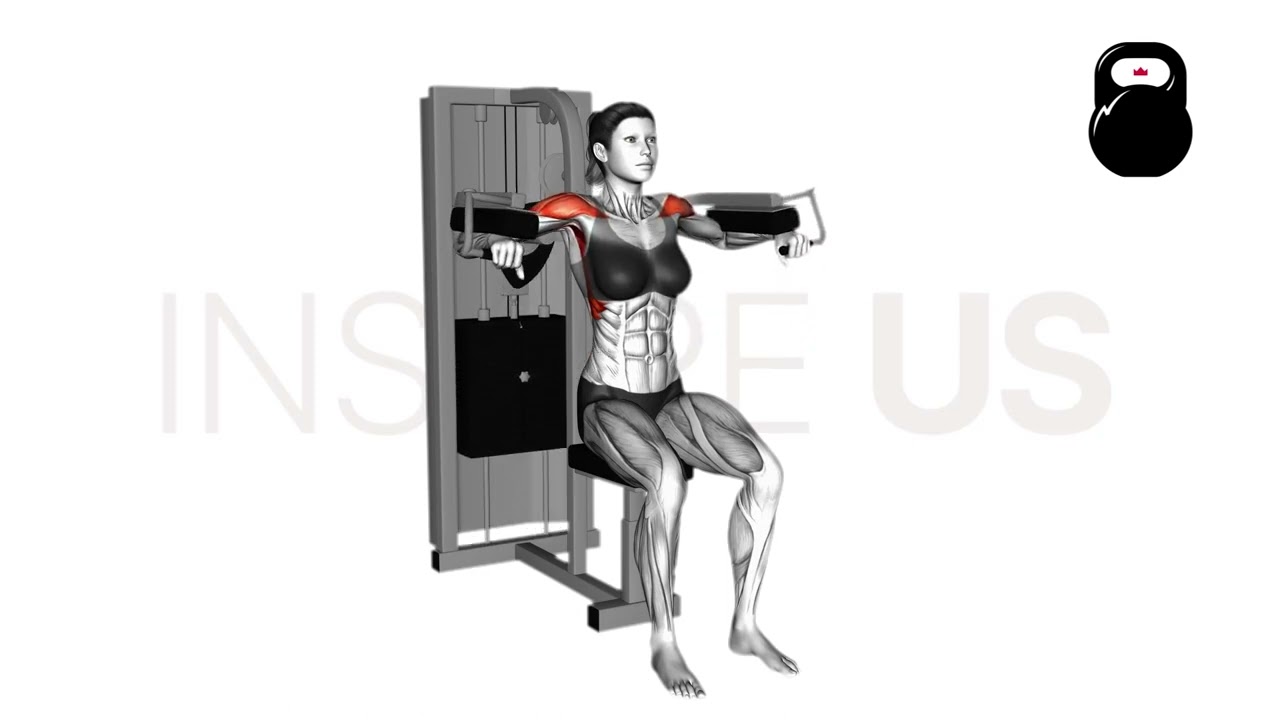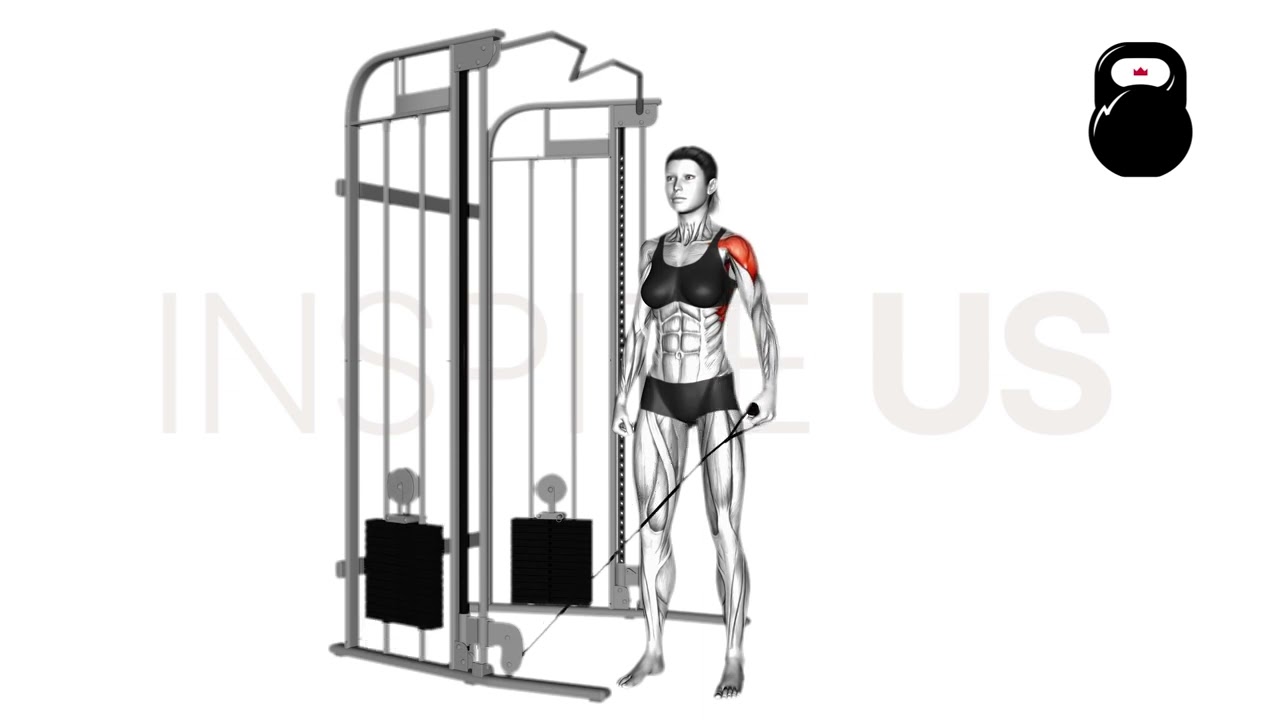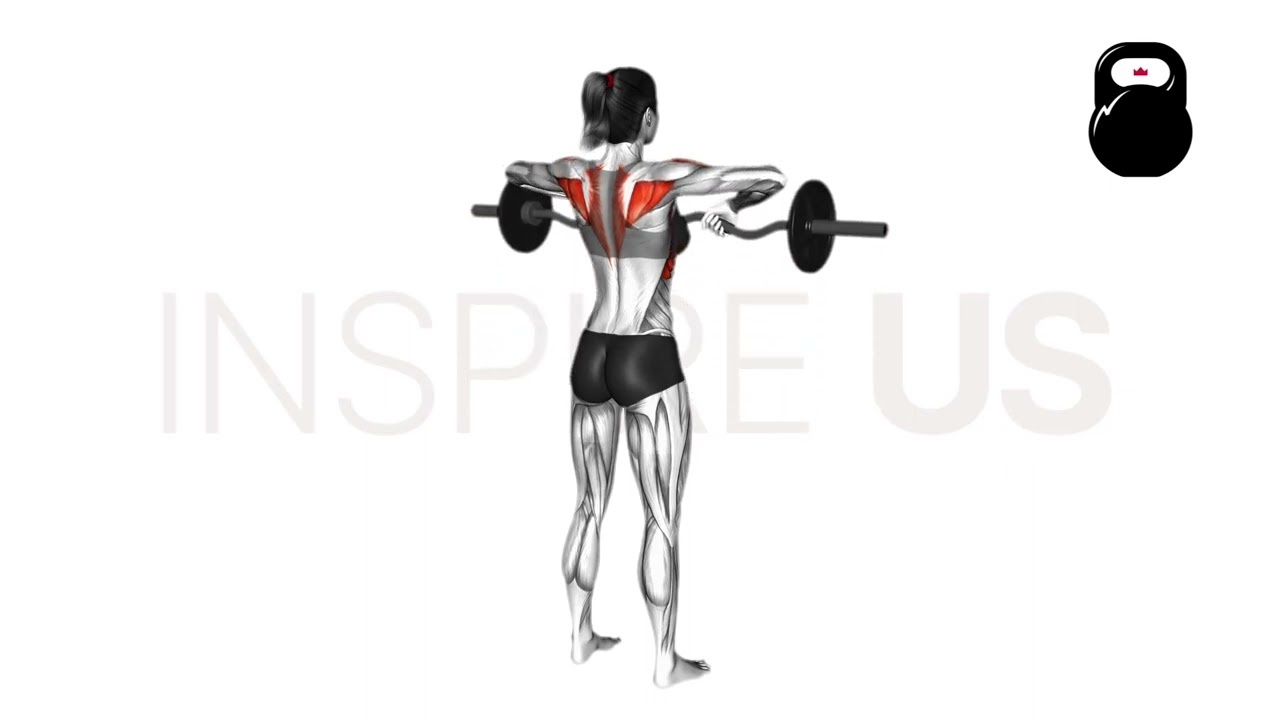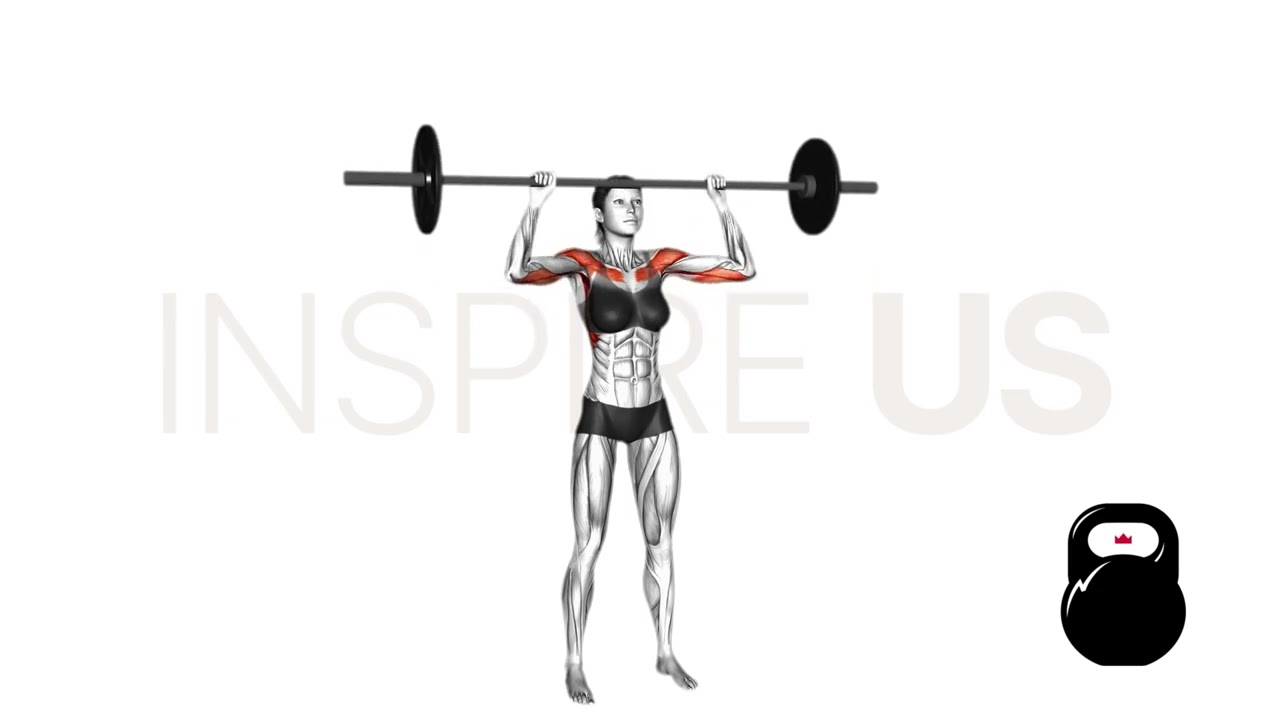4 Best Lateral Raise Alternatives (with Pictures!)
So long as an exercise targets all three deltoid heads in a relatively isolated capacity, it can be considered a lateral raise alternative.
A Quick List of Alternatives to the Dumbbell Lateral Raise:
- Lateral Raise Machine
- Cable Machine Lateral Raises
- Upright Rows
- Barbell Overhead Press
Lateral Raise Alternatives
If No Free Weights are Available: Lateral Raise Machine
If no free weights are available, a lateral raise machine can replicate the same recruitment pattern and general training programming of its free weight counterpart - so long as a slightly reduced level of isometric contraction is acceptable.
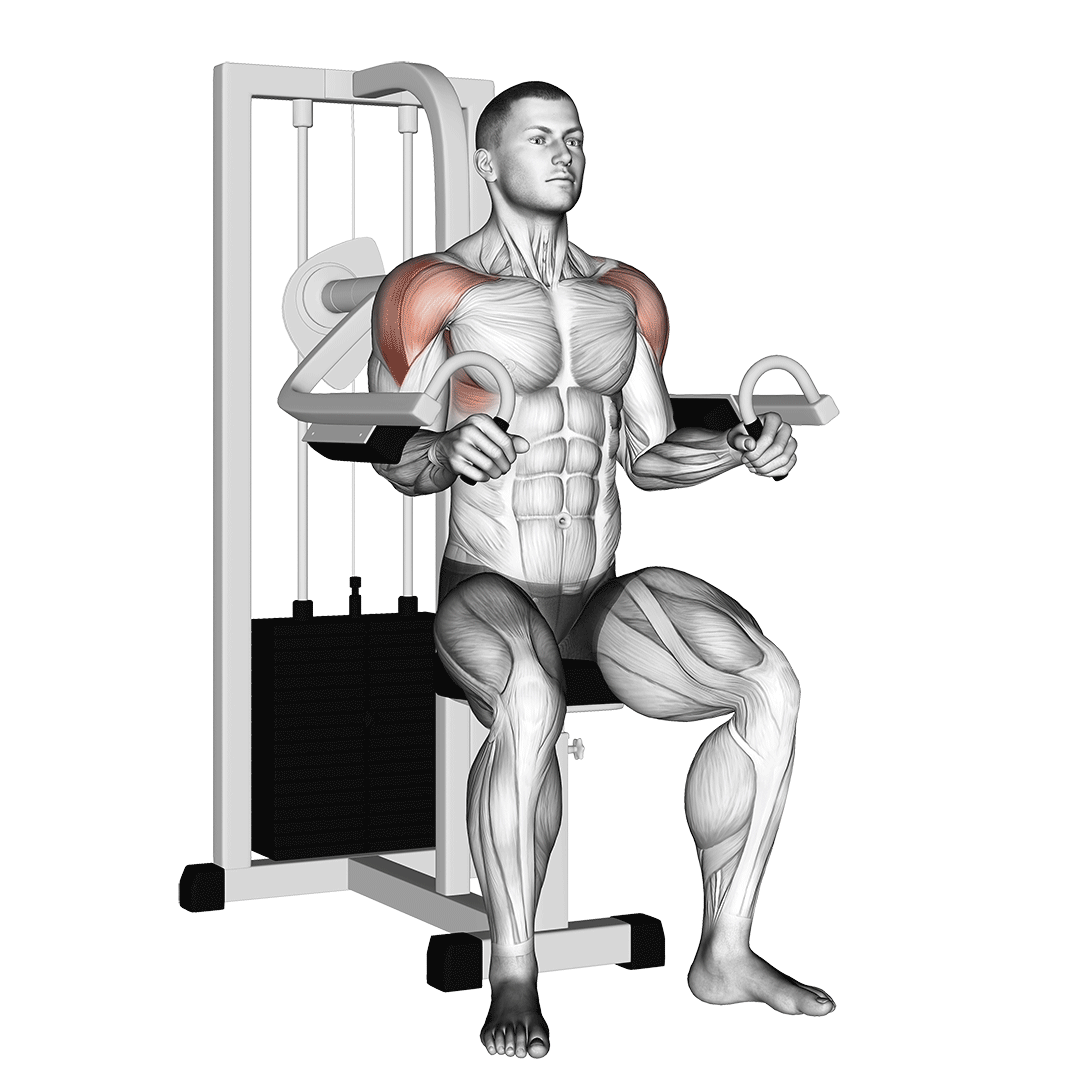
The majority of lateral raise machines require the lifter to be in a seated position as they raise their upper arms against the machine’s pads.
Unlike free weight lateral raises, such machines will not require the arms to be fully extended and will thereby place far less strain on the rotator cuff and shoulder joints.
Equipment Needed
As can be guessed by its name, only a lateral raise machine is needed. Some brands may require weight plates for loading.
Sets and Reps Recommendation
With reduced isometric demand, the lateral raise machine is ever so slightly easier than its free weight counterpart.
A good starting point would be 2-4 sets of 8-16 repetitions at a light load.
Common Mistakes to Avoid
Though machine lateral raises are one of the safest exercises one can perform, lifters should ensure that their trunk is pressed against the seat in an upright position.
Leaning too far forwards or aching the back can place the shoulders in a disadvantageous position, increasing strain within the joint itself.
How-to:
- To perform a repetition of the machine lateral raise, the lifter first seats themselves within the machine, gripping the handles and aligning their elbows with the pads.
- Ensuring their trunk is flat against the seat, the lifter then raises both arms upwards - pressing against the pads until the upper arms are at most horizontally parallel to the shoulders themselves.
- Having completed the concentric phase of the movement, the lifter then allows the resistance of the machine to slowly lower their arms back downwards, controlling the movement and keeping tension in the deltoids.
- With the arms back in their original position at the start of the movement, the repetition is then considered complete.
For a More Adjustable Alternative: Cable Machine Lateral Raises
Though machine lateral raises are the most efficient machine-based variation of lateral raise, one can make use of a cable machine to aid in adjustability.
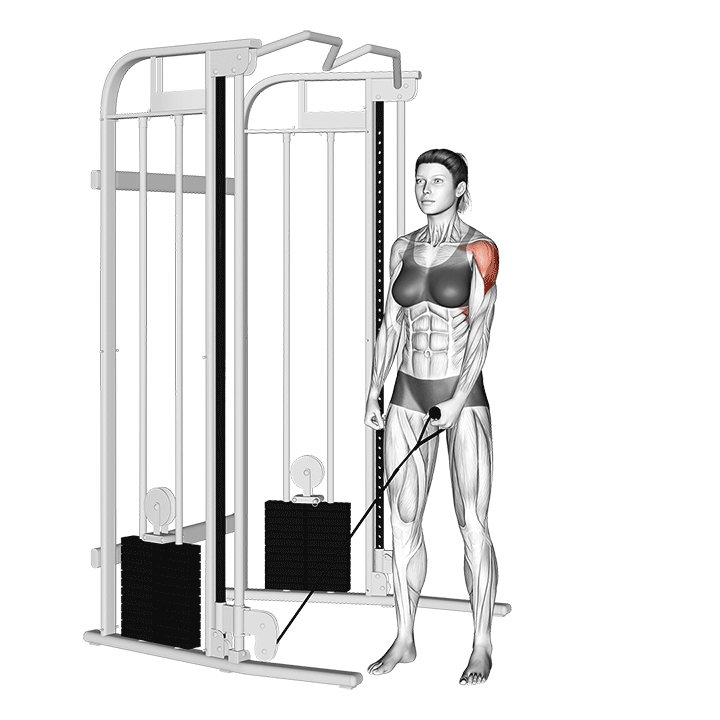
Like the previous alternative, cable lateral raises present a lower risk of strain and injury than free weight lateral raises while replicating much the same benefits and movement pattern.
In addition, the built-in versatility and mechanisms of most cable machines allow lifters to adjust the angle of resistance and hand orientation to better suit their needs.
Equipment Needed
A dual-tower cable machine and a pair of one-handed attachments will be needed - D handles are a particularly common choice.
Sets and Reps Recommendation
2-4 sets of 8-16 repetitions at a light level of resistance will work best for general muscular development.
Common Mistakes to Avoid
Unlike lateral raise machines, cable machines do not feature a fixed movement path and the cable lateral raise itself is primarily performed in a standing position.
Ensure the shoulders are either externally or neutrally rotated, and that the upper arm does not rise above the shoulder joint. Retracting the scapula can help with both positioning cues.
How-to:
- Standing between both cable towers with each hand gripping a handle, the lifter squares their shoulders, retracts their scapula and plants their feet for greater stability.
- Now in the correct stance, the lifter then raises both arms upwards, keeping the elbows straight but avoiding fully extending them.
- Once the upper arms are just shy of parallel to the shoulders, the lifter slowly lowers their arms in a controlled manner, keeping tension in the deltoids as they do so.
- Hands returned to the lifter’s sides, the rep is now complete.
For Working the Entire Upper Trunk: Upright Rows
Upright rows are a somewhat controversial free weight upper body movement targeting the deltoids, trapezius and biceps brachii in equal measure.
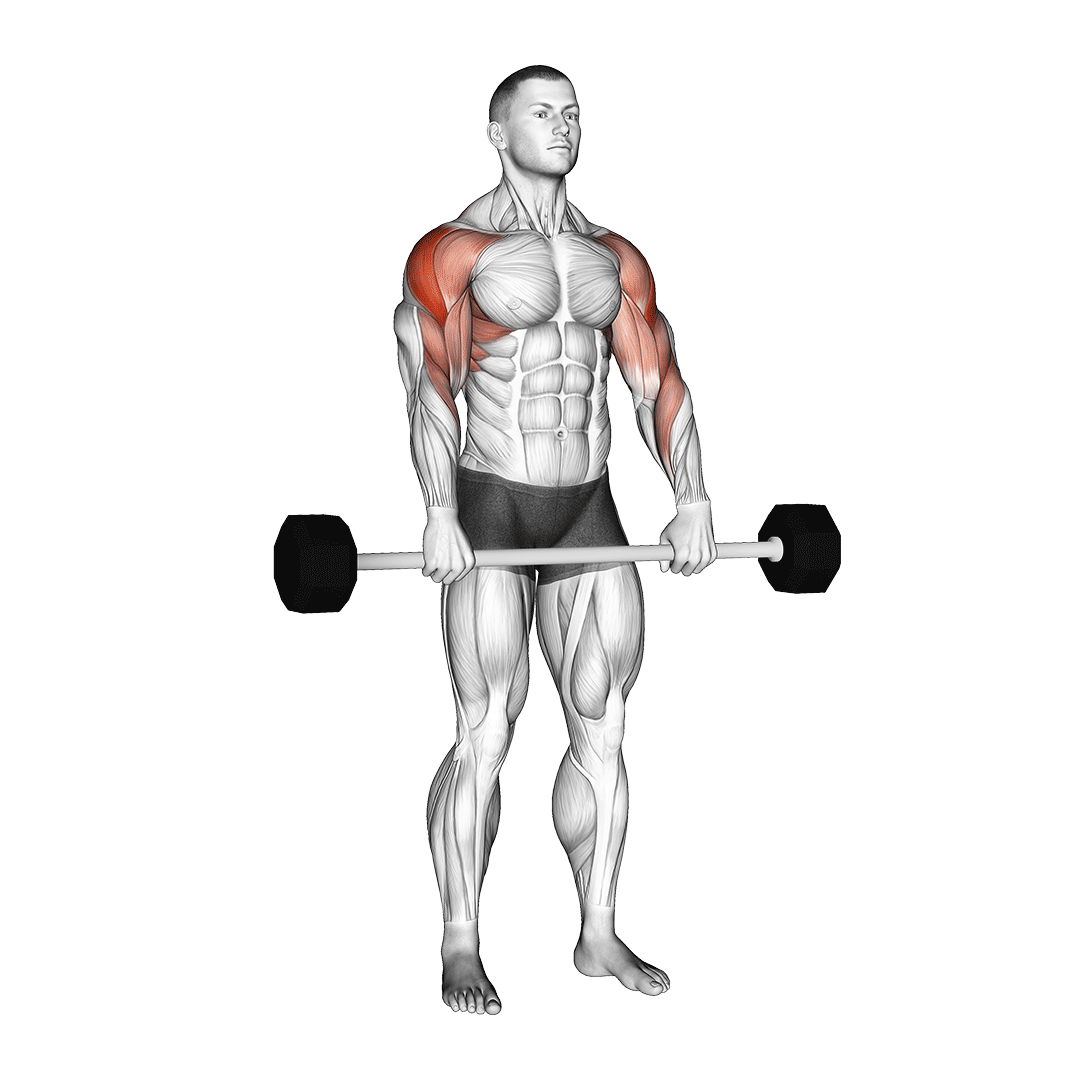
Like lateral raises, the upright row works all three heads of the deltoid muscle group to nearly equal measure - but also presents the disadvantage of being somewhat more dangerous as far as shoulder joint integrity goes.
Lifters with a history of rotator cuff or shoulder issues may be better served choosing a less risky exercise.
Equipment Needed
A barbell and a pair of weight plates are needed to perform upright rows.
Sets and Reps Recommendation
Upright rows allow for somewhat greater loading than most other lateral raise alternative exercises, meaning that less volume will be required to reach momentary muscular failure.
2-3 sets of 6-8 repetitions should be sufficient if programmed as an accessory compound movement.
Common Mistakes to Avoid
Avoid hunching the shoulders up around the ears, or otherwise allowing the elbows to point forwards at any point of the repetition. Both greatly increase strain on the shoulder girdle, and can make the exercise more difficult than necessary.
How-to:
- To perform a repetition of the upright row, the lifter begins by holding a loaded barbell at the front of their waist using a pronated grip.
The scapula should be partially retracted with the shoulders neutrally rotated and the chin tucked in, eyes fixed forwards. - From this position, the lifter draws the barbell vertically upwards towards their neck, flaring the elbows out to the sides so that they are pointing immediately away from the body.
The upper arms may raise up to a point several inches above parallel with the shoulders, so long as no pain or discomfort is felt. - Concentric half of the repetition completed, the lifter then slowly lowers the barbell along the same path - taking care not to internally rotate the arms and to keep the elbows pointed out to the sides as they do so.
- With the barbell returned to the front of the trunk, the repetition may be considered complete.
For a More Strength-Focused Substitute: Barbell Overhead Press
Whether an Olympic weightlifter or a lifter without direct deltoid compound work, the overhead press is a classic substitute to the lateral raise with a significantly steeper fatigue-stimulus ratio.
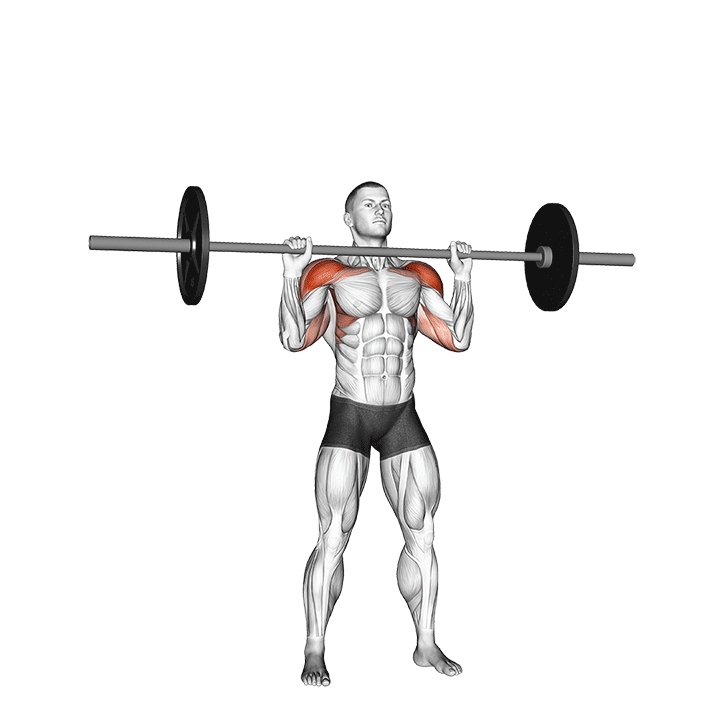
Though the barbell overhead press works all three deltoid heads simultaneously, other muscle groups like the pectorals, triceps and trapezius will be contracted in a single vertical pressing movement.
Naturally, this allows for significantly greater loading and training intensity, but also makes for a poor accessory movement if other intense compound exercises are performed alongside.
Equipment Needed
A barbell, rack and a set of weight plates will be needed.
Sets and Reps Recommendation
The barbell overhead press is considerably more effective when resistance is prioritized over volume.
3-5 sets of 5-8 repetitions at a moderate load will make for a good starting point.
Common Mistakes to Avoid
Avoid utilizing the knees or hips to aid in pressing the bar - as this turns the exercise into a “push press” and will draw emphasis away from the deltoids.
How-to:
- To perform a repetition of the overhead press, the lifter begins by holding a loaded barbell at the front rack position in both hands - keeping the forearms vertically aligned beneath the barbell and the elbows initially tucked close to the sides of the body.
- Squeezing their deltoids and driving through their palms, the lifter presses the barbell immediately upwards along a vertical path, ensuring that their head is pulled backwards so as to avoid striking it with the bar.
- Once the arms are fully extended overhead, the lifter then slowly lowers the barbell back downwards. With the bar returned to the front rack position, the repetition is considered complete.
Which Lateral Raise Alternative is Best?
The best lateral raise alternative is one that replicates its purpose within your training program.
If the lateral raise originally held the role of a hypertrophy-focused accessory movement, then selecting an alternative geared towards high volume and lesser intensity is best.
Conversely, if the lateral raise was programmed as an accessory to improve pushing or pressing power, then selecting a heavy compound pressing substitute is preferable.
References
1. Alizadehkhaiyat O, Hawkes DH, Kemp GJ, Frostick SP. ELECTROMYOGRAPHIC ANALYSIS OF SHOULDER GIRDLE MUSCLES DURING COMMON INTERNAL ROTATION EXERCISES. Int J Sports Phys Ther. 2015 Oct;10(5):645-54. PMID: 26491615; PMCID: PMC4595918.

